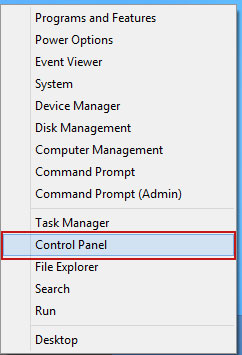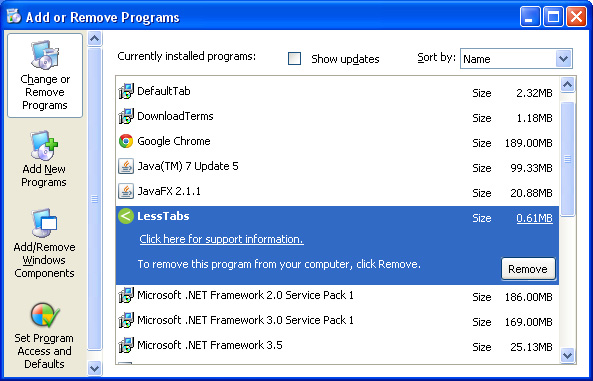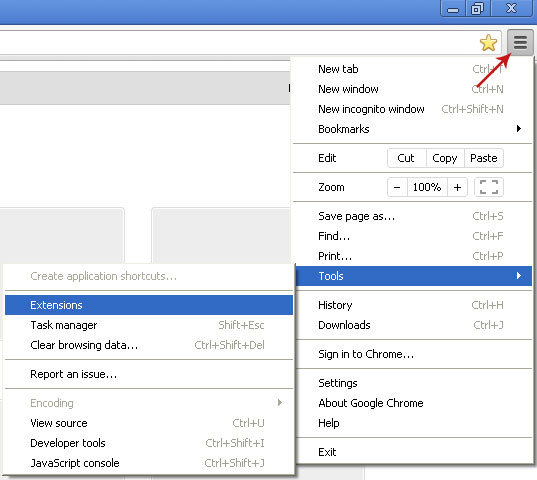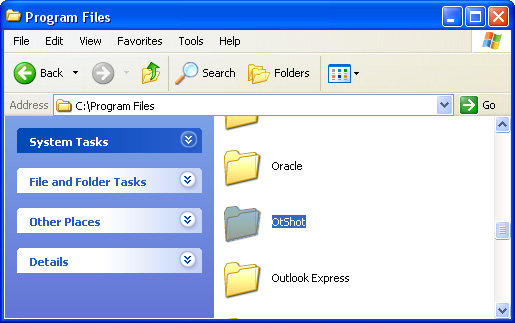Remove secure.trusted-serving.com, removal instructions
AdwareSecure.trusted-serving.com is not technically speaking a computer virus although it does have slightly more up its sleeve than just showing you adverts. Taken by themselves, the adverts alone are an incredible nuisance – you will literally be bombarded with them and will seemingly spend 90% of your time online clicking the little ‘x’ box in the corner of pop-up windows to close them. Not only that but some people may find the advert content offensive: the majority of ads will be for gambling, dubious weight loss pills, potions and ‘miracle’ diets and even for Asian dating sites; some of which contain extremely graphic material.
But it’s not just adverts that you have to worry about as having adware installed on your computer can also slow your internet connection down considerably and in addition to that make your PC run much slower than normal – another real pain in the behind. This is because the secure.trusted-serving.com has been programmed to constantly ‘dial home’ so that it can send back reports about your browsing habits and which websites you visit. Yes, that’s right – those pesky little pop-up adverts are not just annoying – they’re spying on you too! They monitor your computer usage and then send the data back to ad servers via your own internet connection. This is so that the marketing companies who use adware can then tailor subsequent adverts to your apparent tastes and habits in order to make you click through to their site. This continuous to-ing and fro-ing of data is exactly why your PC will be performing its regular tasks at a fraction of the speed that it normally does.
Furthermore, once infected with this adware, you may notice that back/forward buttons are not working properly. When ever you will click back it will flash and say "http://secure.trusted-serving.com/serve" two or more times. It may even froze your web browser window.
Now let’s take a look at how secure.trusted-serving.com infiltrated your PC in the first place. It is normally bundled with popular freeware applications – this is how the authors of these applications get paid for their work. A marketing company will pay the author of the software to include the adware on these applications so they can target users more specifically.
Put simply, if you download programs or software from the internet you are at risk of also, unwittingly, downloading adware and installing it on your machine. Adware that displays secure.trusted-serving.com/serve pop-ups may be hidden in a music file sharing program, those free games that you see on certain websites or you may have just been misfortunate enough to have visited a website that triggers adware without you knowing it.
It stands to reason that you want to avoid the scourge of adware but how can you protect both your sanity and your PC from it? Firstly you should get into the habit of scanning your computer on a regular basis for threats that are not counted as viruses: such as adware and any of the other types of malware that are lurking out there - spyware for example or Trojan horses.
Secondly, don’t download free shareware unless you’re absolutely sure that you want it – and that you know that you may have to be prepared to then go to the trouble of removing secure.trusted-serving.com from your PC. To remove adware and PUPs that are causing these annoying redirects, please follow the removal instructions below.
Written by Michael Kaur, http://deletemalware.blogspot.com
secure.trusted-serving.com removal instructions:
1. First of all, download recommended anti-malware software and run a full system scan. It will detect and remove this adware infection from your computer. You may then follow the manual removal instructions below to remove the leftover traces of this adware. Hopefully you won't have to do that.
2. Remove secure.trusted-serving.com related programs from your computer using the Add/Remove Programs control panel (Windows XP) or Uninstall a program control panel (Windows 7 and Windows 8).
Go to the Start Menu. Select Control Panel → Add/Remove Programs.
If you are using Windows Vista or Windows 7, select Control Panel → Uninstall a Program.

If you are using Windows 8, simply drag your mouse pointer to the right edge of the screen, select Search from the list and search for "control panel".

Or you can right-click on a bottom left hot corner (formerly known as the Start button) and select Control panel from there.

3. When the Add/Remove Programs or the Uninstall a Program screen is displayed, scroll through the list of currently installed programs and remove the following:

Simply select each application and click Remove. If you are using Windows Vista, Windows 7 or Windows 8, click Uninstall up near the top of that window. When you're done, please close the Control Panel screen.
Remove secure.trusted-serving.com pop-ups from Google Chrome:
1. Click on Chrome menu button. Go to Tools → Extensions.

2. Click on the trashcan icon to remove the following extensions:
Remove secure.trusted-serving.com pop-ups from Mozilla Firefox:
1. Open Mozilla Firefox. Go to Tools → Add-ons.

2. Select Extensions. Click Remove button to the following extensions. If you can't find the Remove button, then simply click on the Disable button.
Remove secure.trusted-serving.com pop-ups from Internet Explorer:
1. Open Internet Explorer. Go to Tools → Manage Add-ons. If you have the latest version, simply click on the Settings button.

2. Select Toolbars and Extensions. Click Remove/Disable button to remove the browser add-ons listed above.
But it’s not just adverts that you have to worry about as having adware installed on your computer can also slow your internet connection down considerably and in addition to that make your PC run much slower than normal – another real pain in the behind. This is because the secure.trusted-serving.com has been programmed to constantly ‘dial home’ so that it can send back reports about your browsing habits and which websites you visit. Yes, that’s right – those pesky little pop-up adverts are not just annoying – they’re spying on you too! They monitor your computer usage and then send the data back to ad servers via your own internet connection. This is so that the marketing companies who use adware can then tailor subsequent adverts to your apparent tastes and habits in order to make you click through to their site. This continuous to-ing and fro-ing of data is exactly why your PC will be performing its regular tasks at a fraction of the speed that it normally does.
Furthermore, once infected with this adware, you may notice that back/forward buttons are not working properly. When ever you will click back it will flash and say "http://secure.trusted-serving.com/serve" two or more times. It may even froze your web browser window.
Now let’s take a look at how secure.trusted-serving.com infiltrated your PC in the first place. It is normally bundled with popular freeware applications – this is how the authors of these applications get paid for their work. A marketing company will pay the author of the software to include the adware on these applications so they can target users more specifically.
Put simply, if you download programs or software from the internet you are at risk of also, unwittingly, downloading adware and installing it on your machine. Adware that displays secure.trusted-serving.com/serve pop-ups may be hidden in a music file sharing program, those free games that you see on certain websites or you may have just been misfortunate enough to have visited a website that triggers adware without you knowing it.
It stands to reason that you want to avoid the scourge of adware but how can you protect both your sanity and your PC from it? Firstly you should get into the habit of scanning your computer on a regular basis for threats that are not counted as viruses: such as adware and any of the other types of malware that are lurking out there - spyware for example or Trojan horses.
Secondly, don’t download free shareware unless you’re absolutely sure that you want it – and that you know that you may have to be prepared to then go to the trouble of removing secure.trusted-serving.com from your PC. To remove adware and PUPs that are causing these annoying redirects, please follow the removal instructions below.
Written by Michael Kaur, http://deletemalware.blogspot.com
secure.trusted-serving.com removal instructions:
1. First of all, download recommended anti-malware software and run a full system scan. It will detect and remove this adware infection from your computer. You may then follow the manual removal instructions below to remove the leftover traces of this adware. Hopefully you won't have to do that.
2. Remove secure.trusted-serving.com related programs from your computer using the Add/Remove Programs control panel (Windows XP) or Uninstall a program control panel (Windows 7 and Windows 8).
Go to the Start Menu. Select Control Panel → Add/Remove Programs.
If you are using Windows Vista or Windows 7, select Control Panel → Uninstall a Program.

If you are using Windows 8, simply drag your mouse pointer to the right edge of the screen, select Search from the list and search for "control panel".

Or you can right-click on a bottom left hot corner (formerly known as the Start button) and select Control panel from there.

3. When the Add/Remove Programs or the Uninstall a Program screen is displayed, scroll through the list of currently installed programs and remove the following:
- SingAlong
- FindLyrics
- LessTabs
- DefaultTab
- Webcake
- and any other recently installed application

Simply select each application and click Remove. If you are using Windows Vista, Windows 7 or Windows 8, click Uninstall up near the top of that window. When you're done, please close the Control Panel screen.
Remove secure.trusted-serving.com pop-ups from Google Chrome:
1. Click on Chrome menu button. Go to Tools → Extensions.

2. Click on the trashcan icon to remove the following extensions:
Remove secure.trusted-serving.com pop-ups from Mozilla Firefox:
1. Open Mozilla Firefox. Go to Tools → Add-ons.

2. Select Extensions. Click Remove button to the following extensions. If you can't find the Remove button, then simply click on the Disable button.
Remove secure.trusted-serving.com pop-ups from Internet Explorer:
1. Open Internet Explorer. Go to Tools → Manage Add-ons. If you have the latest version, simply click on the Settings button.

2. Select Toolbars and Extensions. Click Remove/Disable button to remove the browser add-ons listed above.















